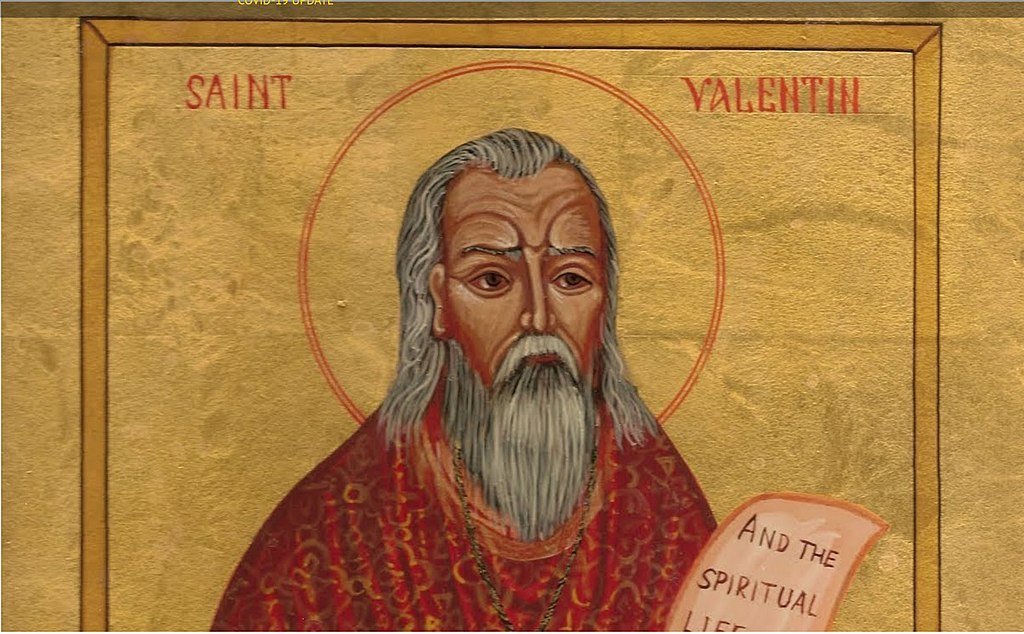The King Midas Story: A Powerful Lesson About Greed, Gratitude, and Gold
Is King Midas Story Real? Many people wonder whether King Midas was a real historical figure or just a myth. The truth is: King Midas was both real and legendary.
There were several kings in ancient Phrygia (now part of modern-day Turkey) named Midas, and one of them may have inspired the famous “golden touch” myth. His kingdom was known for wealth, advanced craftsmanship, and monumental architecture. Over time, real history and myth blended into the unforgettable King Midas story we know today.
Where is King Midas from?
King Midas ruled the ancient kingdom of Phrygia, located in central Anatolia (modern-day Turkey). This region was a major cultural center, famous for its rock-cut tombs, intricate metalwork, and monumental structures. One of the most fascinating archaeological sites connected to Midas is the Midas Mound (Tumulus MM) in Gordion—believed to be his burial site.

Midas Monument, inscription mentioning Midas in Yazılıkaya village, Han – Eskişehir, Turkey. Mark Landon / Wikimedia Commons
What Year Did King Midas Live?
The most likely historical King Midas ruled in the late 8th century BCE, approximately 738–696 BCE. He was the king of Phrygia, and his reign is confirmed in Greek legends and Assyrian records.
One of the most important archaeological discoveries connected to him is the Midas Mound (Tumulus MM) in Gordion, believed to be his burial site.
The King Midas Story and the Golden Touch
According to Greek mythology, King Midas once performed a kind act for the god Dionysus. As a reward, he was granted one wish. Midas wished that everything he touched would turn to gold.
At first, he was thrilled. He touched rocks, furniture, even flowers—and all turned into shining gold. But very quickly, his joy turned to horror when his food and drink became inedible. Worst of all, when he hugged his beloved daughter, she turned into a lifeless golden statue.
The Moral of the King Midas Story
Desperate, Midas begged Dionysus to reverse the gift. The god told him to wash in the River Pactolus. Midas obeyed, and the golden touch was removed.
The King Midas story is a powerful warning against greed and obsession with wealth. It teaches that true happiness cannot be bought—it comes from love, connection, and gratitude.
What Did King Midas’s World Look Like?
Beyond the myth, Midas’s world was rich in art, design, and architecture. The Phrygians built monumental tombs, carved altars into mountains, and crafted detailed metal ornaments. These structures weren’t just beautiful—they were symbols of power and legacy.
Visiting places like Gordion today offers a glimpse into the real world behind the legend, where ancient artistry met storytelling.
How Did King Midas Die?
There is no clear record of how King Midas died in mythology. However, some ancient sources suggest that after losing everything and being overwhelmed by regret, Midas took his own life by drinking bull’s blood—a symbolic act of despair in ancient times.
Still, this version is debated, and many prefer to see his story end with personal transformation, not tragedy.
Why the King Midas Story Still Matters Today
The phrase “Midas touch” is still used to describe someone who seems to succeed in everything they do. But the original story reminds us that success without balance can destroy what we cherish most.
In today’s world—where wealth is often seen as the ultimate goal—the King Midas story invites us to reflect:
What truly matters? Is it gold… or the people we love?
Sources: PinterPandai, Greeka, BBC


